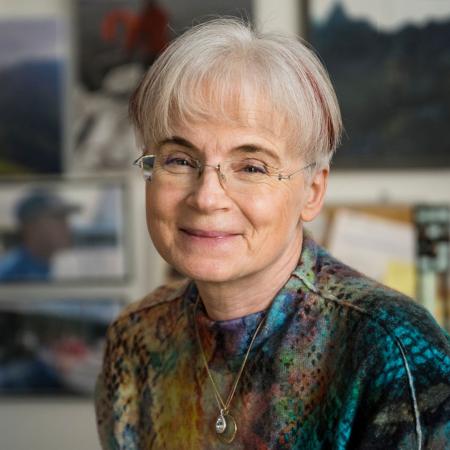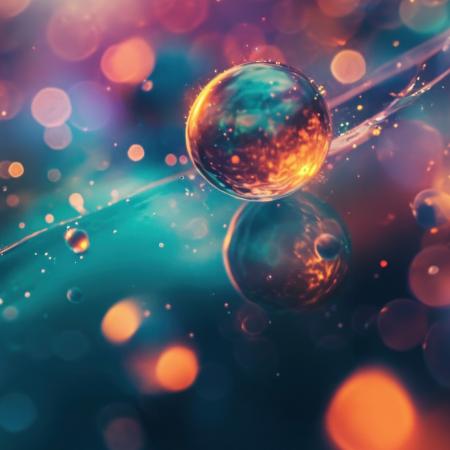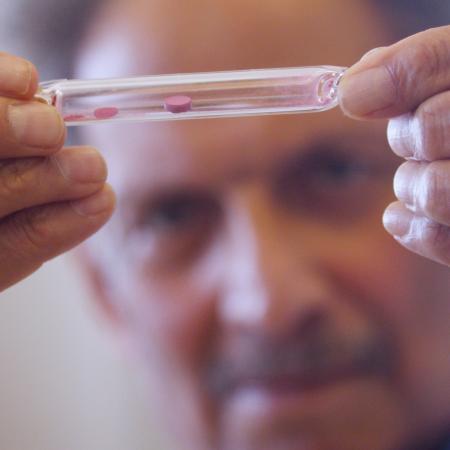Our roots extend to Oregon State's infancy
While the College of Science at Oregon State was formally established in 1932, science programs and departments have shaped the evolution of research and education at OSU since its 1868 land grant designation. Our College is proud to have played a significant role in the establishment of several distinguished academic fields of study and pioneering research centers.
1870
Agricultural sciences at OSU gets its start when a new agricultural curriculum is taught in the Department of Chemistry to an inaugural batch of 25 students.
First class—one woman and two men—graduates with Bachelor of Science (B.S.) degrees.
1899
Microbiology, one of the oldest departments at Oregon State, originated as a single course in bacteriology in 1899. Today the department is at the helm of pioneering research on microbial communities in agriculture and aquatic environments.
1900
One of the earliest engineering disciplines, mining, begins in the Department of Chemistry.
1932
The School of Science (converted to College of Science in 1973) established under the leadership of E.L. Packard, Dean, 1932-1938.
1935
First Ph.D. degrees conferred (three in science and one in agriculture) during the 65th Commencement.
1941
Francois Archibald Gilfillan, Dean of the School of Science, appointed acting president of Oregon State College (presently known as OSU).
Pioneering OSU physics alumna Dr. Chung Kwai Lui Wei graduates with a Ph.D. in physics – making her the first woman to receive a doctorate degree from any discipline at OSU.
1952
The pioneering Science Research Institute, 1952-1974, promoted significant and path-breaking collaborative research between OSU scientists and leading U.S. scientific agencies.
1959
The era of scientific ocean research at OSU begins with studies in coastal oceanography in the School of Science with the active support of Dean Francois Gilfillan.
1969
Currently led by biochemist Joseph Beckman, the multi-disciplinary Environmental Health Sciences Center is established to promote research on environmental effects on humans.
1973
The Survey Research Center opens under the aegis of the Department of Statistics, bringing state-of-the-art survey methodology to state, federal and local clients.
1984
With an endowed chair in polymer chemistry, alumnus Milton Harris (1926) establishes the first endowed position in OSU.
1993
The Department of Atmospheric Sciences transfers to oceanography (now the College of Earth, Ocean and Atmospheric Sciences) from the College of Science
2009
Chemist Mas Subramanian's research team discovered a novel durable blue pigment, YInMn Blue, the first discovery of a new blue pigment since cobalt was discovered in 1802.
2011
Science at OSU receives a tremendous boost when The Linus Pauling Science Center opens its doors to students and researchers studying chemistry, biochemistry and the life sciences.
The Department of Geosciences transfers from the College of Science to create the College of Earth, Ocean and Atmospheric Sciences.
2017
OSU develops a groundbreaking, first-of-its kind 3-D Virtual Microscope and launches an online introductory biology course series, initiating innovative, technology-based solutions that transform the college learning experience.
2021
OSU Science leads $17M effort to understand universe via low-frequency gravitational waves. Funded by the NSF as a Physics Frontiers Center, Professor of Physics Xavier Siemens leads the North American Nanohertz Observatory for Gravitational Waves, or NANOGrav, research group at OSU.
2021
The Genetic Code Expansion (GCE) Center, funded by the NIH for $5.6M, is established as the first of its kind Biomedical Technology Development and Dissemination Center. The research center, named GCE4ALL, is devoted to genetic code expansion, allowing for the creation of novel proteins with disease-fighting potential. The center is revolutionizing protein-focused biomedical and materials research and solidifies OSU as the global leader in this powerful tool for protein engineering.



